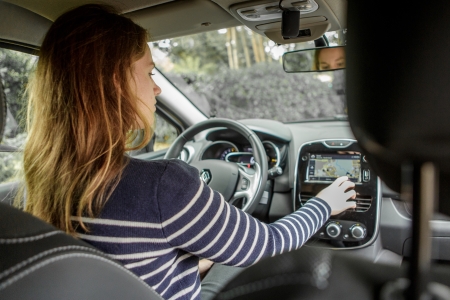Cars record a lot of data that are read by car dealers/garages (in particular for maintenance) to check whether there are any defects. Today, most cars are also equipped with an OBD (On Board Diagnostics) interface which allows all kinds of information to be read by anyone. The interface is used, for example, for connecting a so-called dongle, a device that can send data via a (mobile phone, 4G) network. The data may be processed centrally into information that may be sent back to the driver. So drivers can see whether and how often they brake abruptly, drive too fast, use a lot of petrol etcetera. Employers have been using these systems for much longer, particularly in those sectors in which safety has traditionally been very important, such as the energy sector or chemical industry (see for example The Network of Employers for Traffic Safety NETS). After all, on public roads their employees run the greatest risks. The measured road user behaviour is discussed and has consequences for financial rewards for instance or, in the case of serious offences, employees’ engagement. These services are also available to private individuals (see for example ANWB Connected).
The effect of this kind of data recorder strongly depends on the consequences arising from appropriate or inappropriate road behaviour, both positive consequences (fuel efficiency, increased safety, financial rewards) and negative ones (lower/no bonus, dismissal). For example: in 2005, for lorry drivers a 20% crash reduction was found, while for young drivers there were no consequences and therefore no effects [38]. By contrast, a study among youngsters dating from 2017 did find large effects of feedback on behaviour measured by data recorders: a reduction of up to and over 50% in hazardous events [39].
The abovementioned data recorders measure daily usage. There are also data recorders that only record data immediately prior to, during and after a crash (EDR, Event Data Recorders). Those data are initially particularly important to know what went wrong and what measures could be taken to prevent this kind of crash or to mitigate the consequences. The effect of an EDR on road safety is therefore indirect: it mainly leads to more knowledge about crash factors. This application does not affect driver behaviour itself. It might do so – but this has yet to be proven – if there are (criminal litigation) consequences [40].
